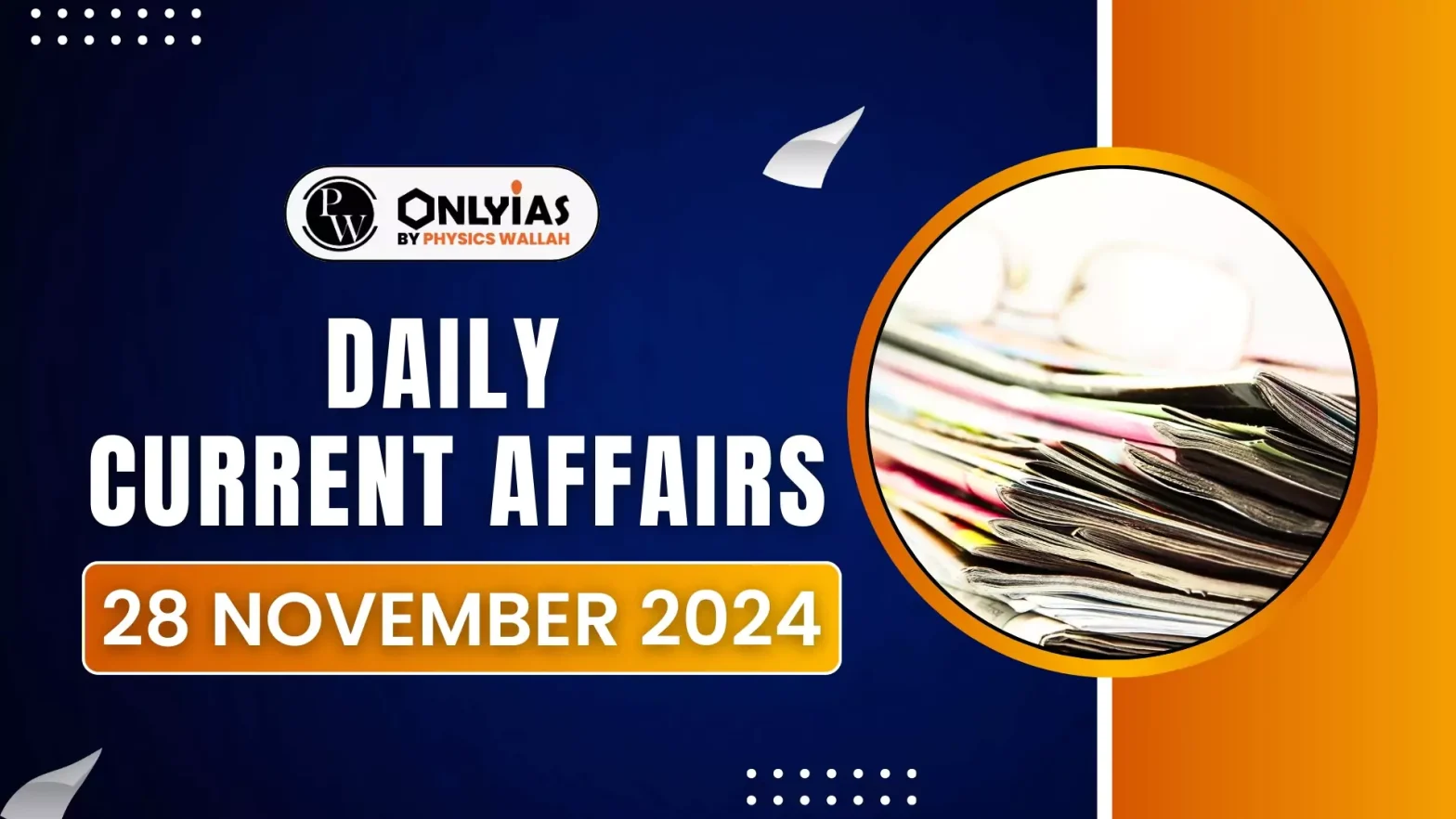The Lower House’s functioning was adjourned for the day on the second day of the Winter Session, following protests by Opposition members.
Parliament Sessions in India
Regular Sessions
- Budget Session: Held from February to May, it’s the longest session focused on the annual budget and other important legislative business.
- Monsoon Session: Held from July to August, it’s a shorter session focusing on current issues and legislation.
- Winter Session: Held from November to December, it’s the final session of the year, focusing on reviewing and finalizing pending legislation.
Enroll now for UPSC Online Classes
Special Session
- Joint Session: Article 108 of the Indian Constitution provides for joint sittings of both Houses of Parliament.
- Convened by the President when there’s a deadlock between the Lok Sabha and Rajya Sabha on an ordinary bill.
Key Roles in Parliamentary Adjournments
- President: Article 85 of the Indian Constitution gives Powers to President for
- Summoning Parliament: The President can summon Parliament to session.
- Proroguing Parliament: The President can prorogue (terminate) a session of Parliament.
- Dissolving Lok Sabha: The President can dissolve the Lok Sabha, leading to general elections.
- Presiding Officers: The Speaker of the Lok Sabha and the Chairman of the Rajya Sabha preside over their respective houses and have a role in deciding on adjournments.
About Adjournment Motion
- An Adjournment Motion is a parliamentary procedure designed to interrupt the normal business of the House to discuss a matter of urgent public importance.
- It is exclusively reserved for the Lok Sabha and cannot be introduced in the Rajya Sabha.
Check Out UPSC NCERT Textbooks From PW Store
Specific Requirements for an Adjournment Motion
- Subject Matter: The motion must pertain to a specific, urgent, factual, and important issue of public concern.
- High Threshold: To introduce an Adjournment Motion, a minimum of 50 members must support it.
- Singularity: The motion should focus on a single issue and avoid encompassing multiple topics.
- Recency: The issue must be of recent occurrence, highlighting its urgency.
- Exclusions: The motion cannot be used to raise questions of privilege, revisit matters already discussed in the same session, or address issues under judicial consideration.
- Alternative Avenues: If the matter can be discussed through other parliamentary procedures, such as a separate motion, an Adjournment Motion is not appropriate.
- Minimum Discussion Time: Once an Adjournment Motion is admitted, the House must allocate at least two and a half hours for its discussion.
![]() 28 Nov 2024
28 Nov 2024

